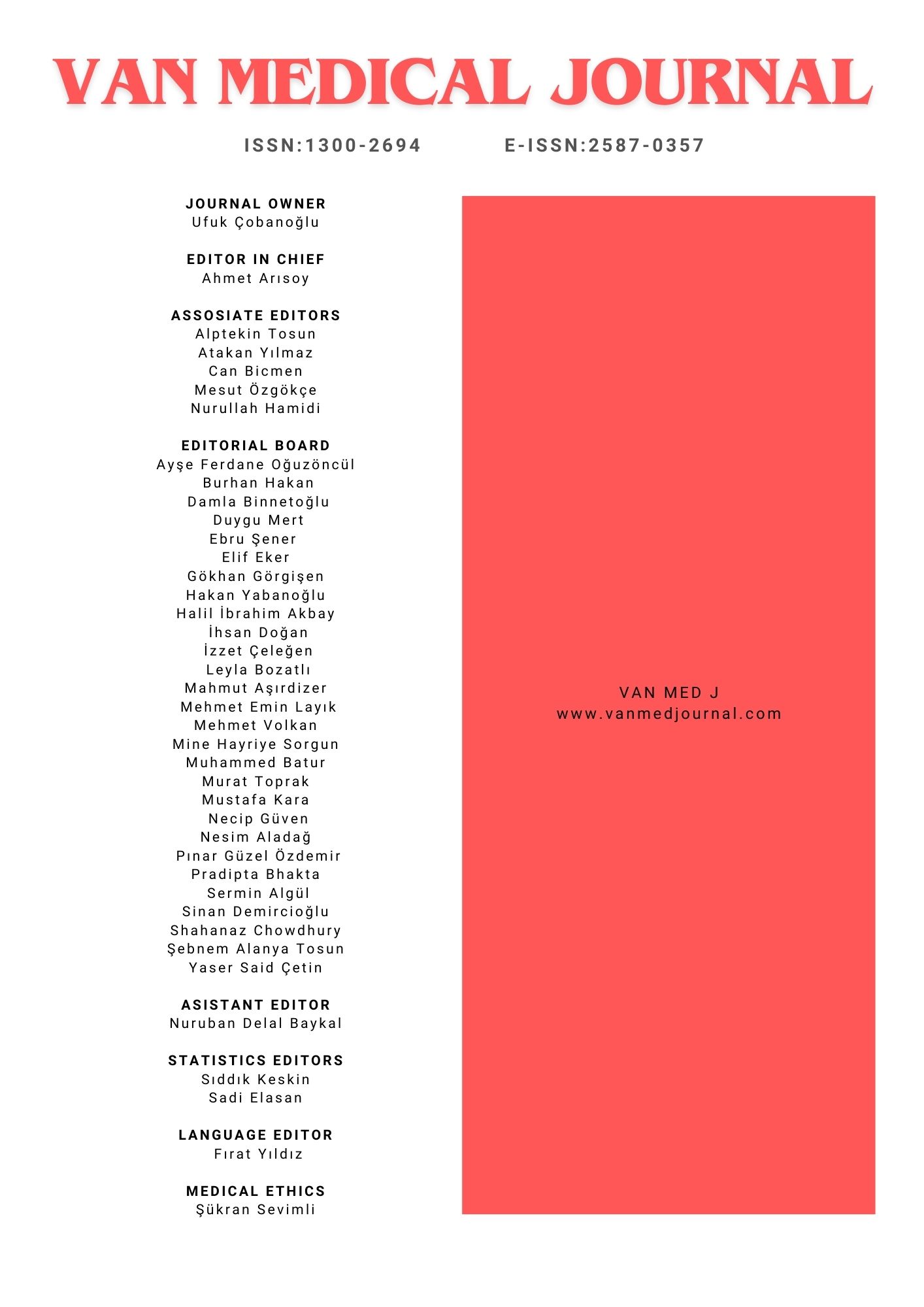Pediatric Central Nervous System Tumors: Center Experience
Bermal Hasbay1, Fazilet Kayaselçuk1, Özgür Kardeş2, Nalan Yazıcı31Baskent University, Pathology AD, Adana2Baskent University, Neurosurgery AD, Adana
3Baskent Universty,Pediatric Oncology AD, Adana
INTRODUCTION: Objective: The aim of this study is to evaluate the distribution of pediatric brain tumors diagnosed in our institution according to age, gender, localization, histological type and grade.
METHODS: Materials and Methods: One hundred and nineteen children under 18 years of age, diagnosed with central nervous system tumor (CNS) in our department between 2011 january -2019 july is included in the study. Clinical follow-up was achieved through the archive files of the hospital data management system and the files of pediatric oncology department.
RESULTS: Results: Of 119 patients who had a tumor diagnosis, 57 (48%) were female and 62 (52%) were male. Age distribution was as follows: 40 (34%) cases 0-5, 36 (30%) cases 6-10 and 43 (36%) cases 11-18 years of age. Fourty-two of the cases had a tumor with posterior fossa localization. Astrocytoma was the most frequent tumor type, followed by medulloblastoma and ependymoma. Fifty percent of the astrocytomas were pilocytic variant.
DISCUSSION AND CONCLUSION: Conclusion: Our results were accordance with the literature. Childhood central nervous system tumors are the most common tumors after leukemia and the type, location, size and treatment methods of the tumor are very important for survival. Surgery has a very important role in the treatment and better results will be obtained when the follow-up and treatment modalities (CT and / or RT decision) of patients and disease-related analyzes are performed and given with a multidisciplinary approach.
Çocukluk Çağı Santral Sinir Sistemi Tümörleri Deneyimimiz
Bermal Hasbay1, Fazilet Kayaselçuk1, Özgür Kardeş2, Nalan Yazıcı31Başkent Üniversitesi Adana Dr. Turgut Noyan Uygulama ve Araştırma Merkezi, Patoloji Ana Bilim Dalı, Adana2Başkent Üniversitesi Adana Dr. Turgut Noyan Uygulama ve Araştırma Merkezi, Beyin Cerrahi Ana Bilim Dalı, Adana
3Başkent Üniversitesi Adana Dr. Turgut Noyan Uygulama ve Araştırma Merkezi, Çocuk Onkoloji Ana Bilim Dalı, Adana
GİRİŞ ve AMAÇ: Amaç: Çalışmamızda hastanemizde beyin tümörü tanısı alan pediatrik olguların yaş, cinsiyet, lokalizasyon, histolojik tip ve derecelerine göre dağılımını değerlendirmeyi amaçladık.
YÖNTEM ve GEREÇLER: Gereç ve Yöntem: Bu çalışmaya 2011 Ocak - 2019 Temmuz ayları arasında Anabilim dalımızda santral sinir sistemi tümörü (SSS) tanısı alan 18 yaş altı 119 çocuk dahil edildi. Klinik takiplerine hastanemiz nükleus sistemi ve pediatrik onkoloji bölüm arşiv dosyaları aracılığıyla ulaşıldı.
BULGULAR: Bulgular: Tümör tanısı alan 119 olgunun 57’si (% 48 ) kız, 62’si (% 52) erkekdi. Yaş (0-18) arasında olup vakaların 40’ı (% 34) 0-5, 36’sı (% 30) 6-10 ve 43 ‘ü (% 36) 11-18 yaş arasındaydı. Olguların 42’si (%35.02) posterior fossa lokalizasyonundaydı. En sık astrositomlar izlenmekte olup, astrositomları medulloblastom ve ependimom takip etmektedir. Astrositom vakalarının %50’sini pilositik astrositom oluşturmaktadır.
TARTIŞMA ve SONUÇ: Sonuç: Sonuçlarımız literatür bilgileri ile uyumlu olup, çocukluk çağındaki santral sinir sistemi tümörleri lösemilerden sonra en sık görülen tümörler olup sağkalım açısından tümörün tipi, yerleşim yeri, büyüklüğü ve tedavi yöntemleri oldukça önemlidir. Tedavide cerrahi çok önemli role sahip olup, hastaların takipleri ve tedavi modaliteleri (KT ve/veya RT kararı) hasta ve hastalık ile ilişkili analizler yapılıp multidisipliner yaklaşım ile verildiğinde daha iyi sonuçlar elde edilecektir.
Corresponding Author: Bermal Hasbay, Türkiye
Manuscript Language: Turkish

